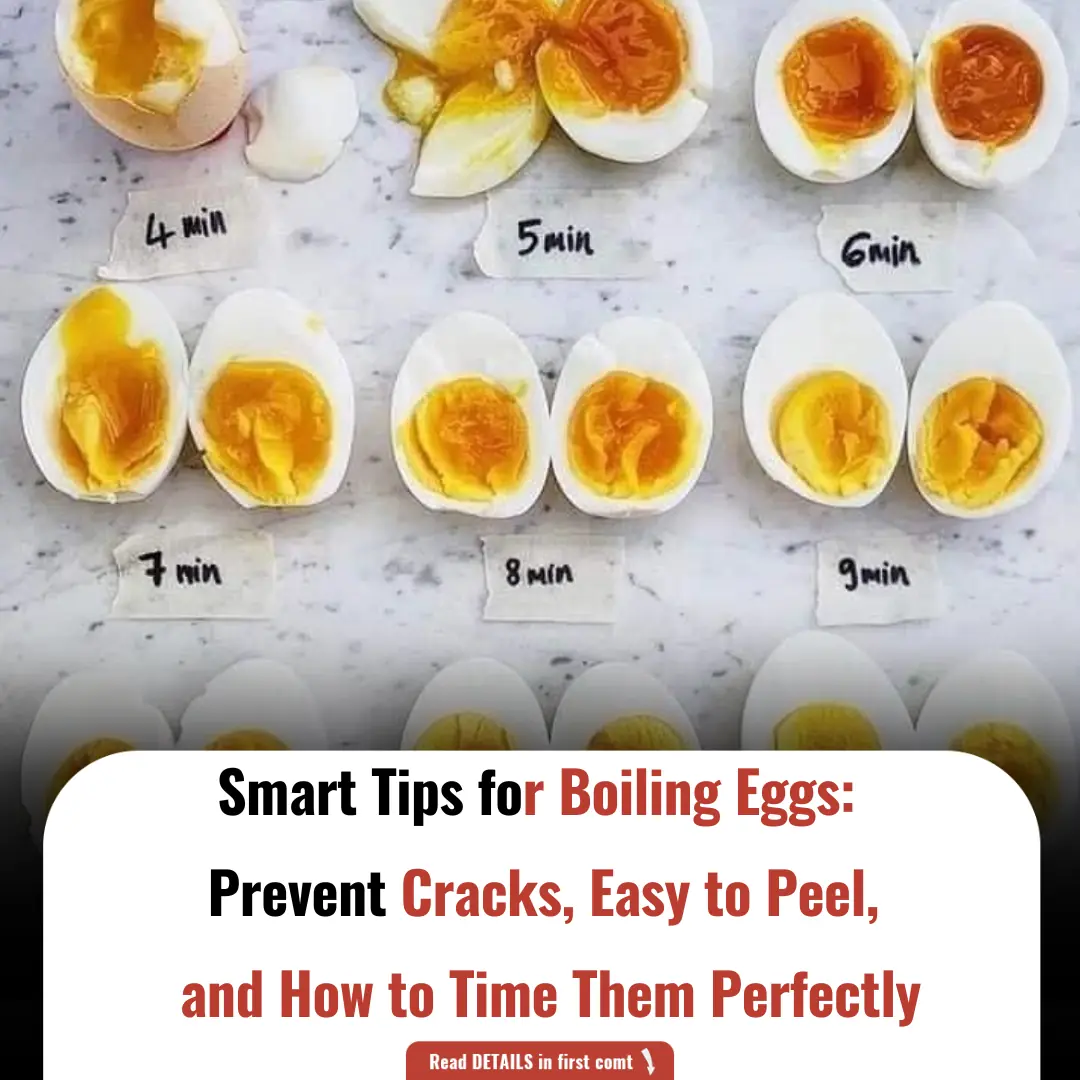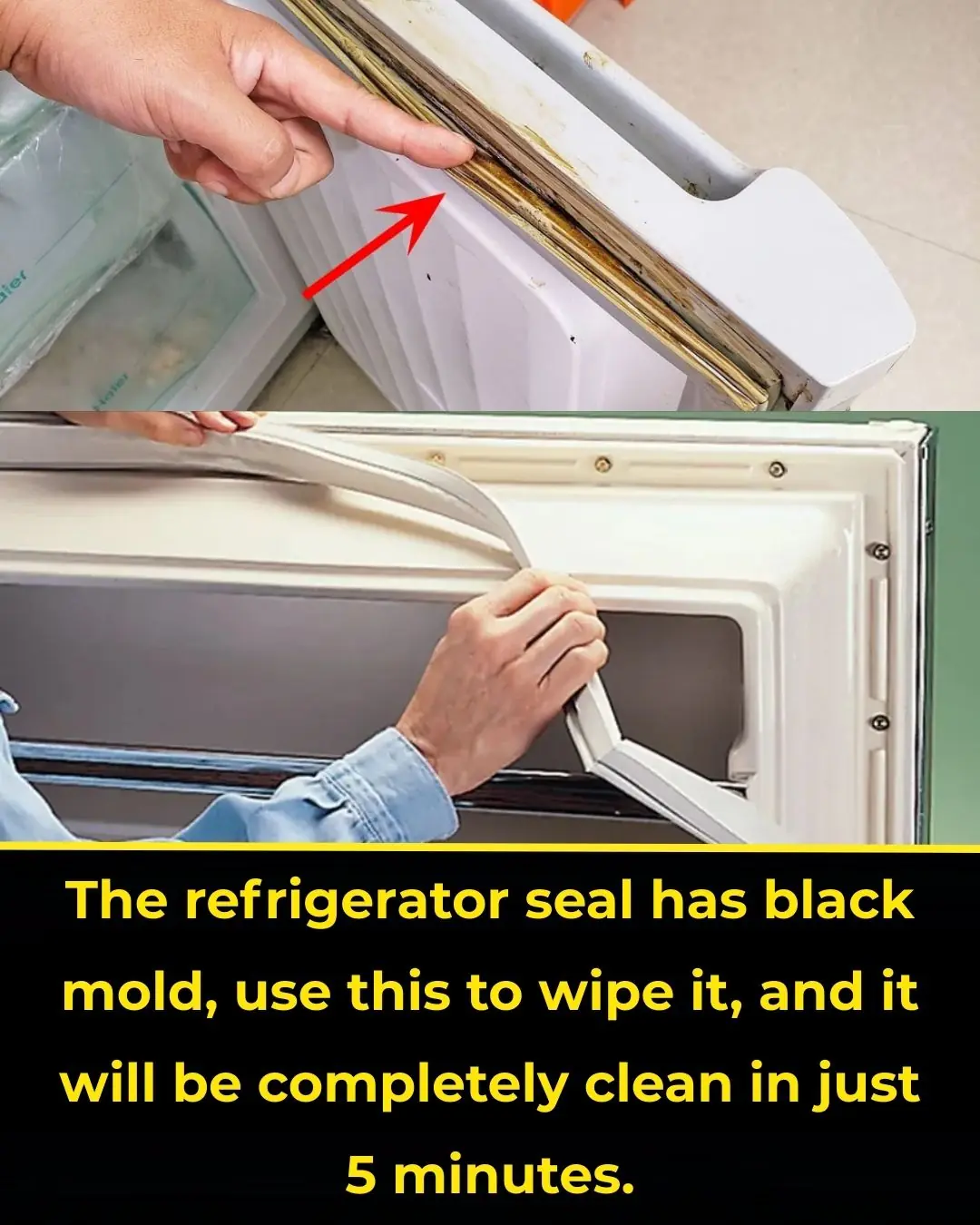
When Putting Your Phone in Your Pocket, Should the Screen Face Inward or Outward?
Carrying a smartphone in your pocket is something almost everyone does without much thought. It feels convenient and natural, especially when you’re on the go and don’t want to hold your device in your hand. But a small detail often goes unnoticed: should the screen face inward (toward your body) or outward (toward the world)?
This seemingly simple choice actually makes a difference in terms of safety, comfort, and even the lifespan of your phone. Let’s take a closer look at both options, the pros and cons of each, and what experts recommend for the best results.
Why the Position of Your Screen Matters
Smartphones are fragile devices. Even with strong glass and protective cases, they remain vulnerable to scratches, cracks, and accidental pressure. The way you place your phone in your pocket can affect:
-
Screen protection
-
Comfort and usability
-
Risk of accidental touches
-
Overall durability
Understanding how orientation matters will help you protect your investment and avoid unnecessary damage.
Screen Facing Inward (Toward Your Body)
This is the method many experts recommend. When the screen is pressed against your thigh or hip, the back of the phone faces outward.
Advantages:
-
Better Screen Protection
The screen is less exposed to sharp objects like keys, coins, or zippers. Since your clothes and body are softer surfaces, the screen is less likely to get scratched. -
Reduced Risk of Impact Damage
In case of a bump or accidental brush against a hard surface, the phone’s back absorbs the force, not the screen. -
More Secure Grip
The phone feels snug against your body, which may reduce the chance of it slipping out when you sit, stand, or move quickly. -
Prevents Accidental Unlocks
With the screen inward, it’s harder for accidental touches to activate the phone or trigger unwanted actions.
Disadvantages:
-
Heat Build-up: The phone may feel warmer against your body, especially if you are wearing tight clothing or using the phone heavily.
-
Less Convenient to Check: If you frequently take your phone out, flipping it around each time can be slightly less convenient.
Screen Facing Outward (Toward the World)
In this position, the screen faces away from your body, and the back of the phone presses against your clothing.
Advantages:
-
Quick Access
It’s easier to glance at notifications when pulling your phone out since it’s already facing the right way. -
Less Heat Against Your Body
Since the back of the phone touches your leg, any heat generated from usage is less noticeable. -
Habitual Comfort
Some people find this orientation feels more natural when sliding the phone in and out of the pocket.
Disadvantages:
-
Higher Scratch Risk: The screen is exposed to external objects like keys, coins, or even rough surfaces when you brush against walls or tables.
-
Impact Vulnerability: If you bump into something, the screen is the first part to make contact, raising the chance of cracks.
-
Accidental Touches: With the screen facing outward, pressure from clothing may trigger unwanted touches or even accidental phone calls.
The Role of Phone Cases and Screen Protectors
Regardless of orientation, the type of protection you use makes a big difference:
-
Cases: A sturdy case can absorb shocks and protect corners from impact. With a good case, both inward and outward orientations become safer.
-
Screen Protectors: A tempered glass or high-quality film adds a layer of protection against scratches and cracks, especially if you prefer outward placement.
-
Pocket Discipline: Keeping your phone in a pocket separate from keys, coins, or other sharp objects reduces risks significantly.
Situational Considerations
Sometimes, the “best” orientation depends on where you are and what you’re doing:
-
Crowded Areas
With the screen facing inward, it’s harder for someone to bump into you and damage your phone—or worse, glance at your screen. -
Active Movement
If you’re running, biking, or bending often, inward placement keeps the phone more stable and less likely to slip out. -
Frequent Usage
If you need quick access for calls or navigation, outward placement may feel more practical, provided you use a screen protector.
Expert Recommendation
Most experts agree that screen facing inward is the safer option for daily use. It offers the most protection against scratches, cracks, and accidental bumps. Combined with a reliable case and a screen protector, this orientation minimizes risks while keeping your phone in good condition for longer.
That said, outward placement is not “wrong.” If convenience is a priority and you take precautions (like using a protector and avoiding crowded spaces), it can still work. The key is to be aware of the trade-offs.
Tips for Carrying Your Phone Safely
-
Always use a case and screen protector, regardless of orientation.
-
Avoid putting other objects in the same pocket as your phone.
-
Choose pockets that are deep enough to prevent the phone from slipping out.
-
Be mindful when sitting—tight jeans or shallow pockets increase the chance of bending or breaking the phone.
-
Clean your phone regularly to remove dust and particles that can scratch the screen.
Final Thoughts
It may seem like a small detail, but how you place your phone in your pocket can have real consequences. While both inward and outward orientations have their pros and cons, the inward-facing position provides better overall protection for your screen and device.
So, the next time you slip your phone into your pocket, remember: a simple choice could be the difference between a safe device and an expensive repair. Protecting your phone starts with everyday habits—and this one is as easy as turning the screen toward you.
News in the same category


Smart Tips for Boiling Eggs: Prevent Cracks, Easy to Peel, and How to Time Them Perfectly

A Fruit Growing Abundantly in Gardens That Few People Eat Turns Out to Be an Autumn ‘Miracle’ Better Than Ginseng and Bird’s Nest

Why Should You Drop a Clove of Garlic into the Toilet Bowl at Night? Knowing Its Benefits, Every Household Wants to Try It

Revealed: How to Make Ceramic Tiles Sparkle at Home – Without Spending a Dime

Soak the vermicelli in a bowl of fish sauce, after 2 minutes you will know if the vermicelli is clean or contains borax.

The refrigerator seal has black mold, use this to wipe it, and it will be completely clean in just 5 minutes.

What Is the Small Cap Inside Cooking Oil Bottles For? Simple But Extremely Useful

A Trick to Repel Rats Using Common Household Ingredients, Keeping Your Home Clean, Fresh, and Rat-Free

Place a Face Mask in the Refrigerator: A Small Trick with Unexpected Results

Put Ice Cubes in Your Clothes Dryer, and You’ll Be Surprised by the Results

Why You Should Put Coins in the Refrigerator?

Tips for Choosing Good Avocados: Don't Be Tempted by Large Ones, They Are 'A Waste of Money'.

Weak Toilet Flush with No Suction Power? A Simple DIY Hack from the Pros

Don’t Throw Away Rotten Tomatoes – The More Rotten, the More “Valuable”! Few People Know This, So Share It with Your Family

Treat Premature Gray Hair with a Natural Dye Using Tamarind and Potato – Cheap and Effective!

Here are 3 coffee drinking habits of many young people that can accelerate aging and cause various health problems

It's not a snake, this is the "a:ss@ssin" that can crawl out of your air conditioner at home.
Why Should We Not Open the Bedroom Door at Night?

8 Body Language Tips to Help You Appear More Confident
News Post

🌿 Can Papaya Leaves Turn Gray Hair Black Naturally? Unlock Nature’s Secret to Vibrant Hair

Japanese airport has never lost luggage in over 30 years – This is why

The Ultimate DIY Clove Skincare Routine

A Company in Kenya Builds Houses From Recycled Shipping Containers – Solar-Powered and Ready in Days

5 Types of Drinks You Shouldn’t Store in a Thermos

Smart Tips for Boiling Eggs: Prevent Cracks, Easy to Peel, and How to Time Them Perfectly

🥕 3-Day Carrot-Based Detox: Cleanse Your Liver and Intestines Naturally

Coconut Oil for Hair Growth – Add this in your Hair Oil

What Terrible Things Happen When Women Lack Intimacy? A Painful Yet True Reality

Why You Should Never Place Your Bed Like This

Sink Trick You Should Always Do Before Vacation

10+ Foods That Naturally Lower Blood Sugar Levels

Elon Musk Issues Serious Warning on Japan’s Population Decline

A Fruit Growing Abundantly in Gardens That Few People Eat Turns Out to Be an Autumn ‘Miracle’ Better Than Ginseng and Bird’s Nest

Why Should You Drop a Clove of Garlic into the Toilet Bowl at Night? Knowing Its Benefits, Every Household Wants to Try It

Revealed: How to Make Ceramic Tiles Sparkle at Home – Without Spending a Dime

If your private parts smell fishy, it’s something you should be aware of

Soak the vermicelli in a bowl of fish sauce, after 2 minutes you will know if the vermicelli is clean or contains borax.

The refrigerator seal has black mold, use this to wipe it, and it will be completely clean in just 5 minutes.
